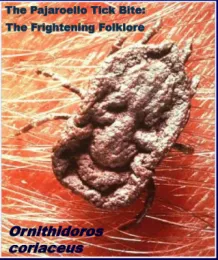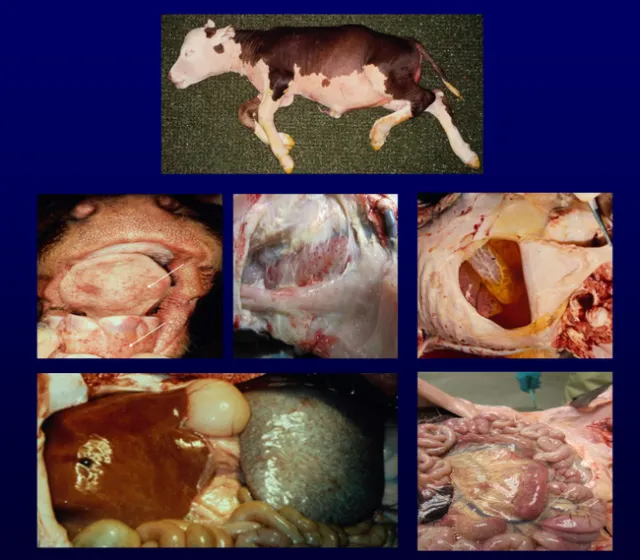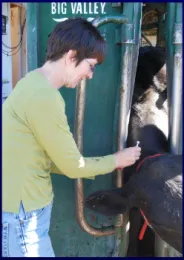Update on Foothill Abortion and the Vaccine
Dr. Jeff Stott, UC Cooperative Extension Professor of Pathology, Microbiology & Immunology at UC Davis, recently gave a talk on foothill abortion at a producer meeting in San Luis Obispo County. Click this link to see his PowerPoint presentation: http://cesanluisobispo.ucanr.edu/files/267719.pdf. For those of you who were not able to attend, I summarized some great information from his talk below.
Pajaroella Tick

Signs of Foothill Abortion
The foothill abortion bacterium can cause fetal mortality. The bacteria live in the uterus for 30-40 days. So, if you breed animal during that time, 3-4 months later she'll abort, cycle back and re-breed. The bacterium can also cause term abortions or weak calves. Heifers and cows are susceptible to foothill abortion if they get bit 30 days prior to conception to 150 days after conception. If they are exposed before or after this time they will probably not be affected. If an animal is infected as late as 5 months into gestation, she will likely give birth, but her calf will be weak.

Ranchers can lose up to 90% of their calf crop when unexposed cows are brought into a new area and are exposed to the tick for the first time.
The Vaccine

You can vaccinate calves as soon as you know you're going to keep them as replacement heifers. But, the foothill abortion vaccine should not be given to pregnant females or those who will be bred within 60 days after vaccination. Animals vaccinated during that time period may lose the fetus.
There have been no reports of anaphylaxis, illness, or death associated with the vaccine. The foothill abortion vaccine can be administered at the same time as the brucellosis vaccine without causing any apparent problems. Some skin reactions have been observed, however. These include swelling at the injection site around 21-56 days after vaccination. The swelling is actually related to an immune response, likely the live bacteria at the injection site still active from the vaccine, which are acting as a “booster shot.”
Foothill abortion has only been documented in California, Nevada, and Oregon, so it has been difficult to get a company to produce the vaccine. However, cattlemen in foothill abortion areas have been vocal for a long time and because of that we are now getting closer to having a vaccine commercially available.
